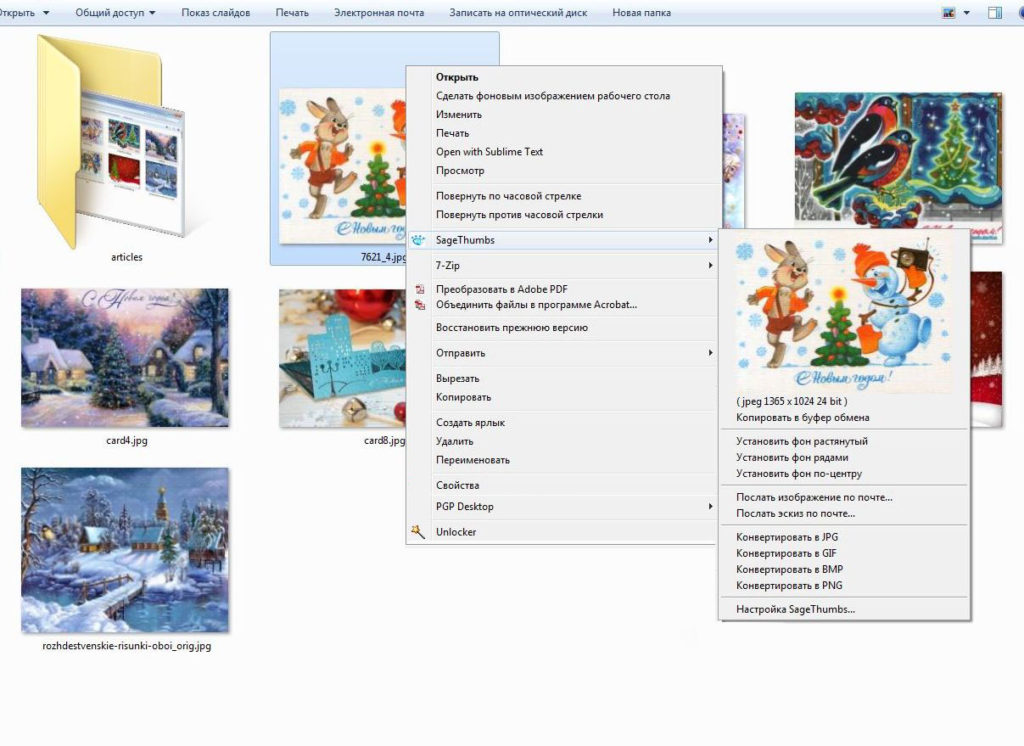Prosmotr Psd V Provodnike Windows
Products > New in V6.1 What's new in DeskProto Version 6.1 New features in DeskProto V 6.1 (released in 2013). (Oct, 2013) The new DeskProto Version 6.1 contains many improvements and new features. Many suggestions for new features have been sent to us by DeskProto users. We are very happy that in V6.1 we could implement the most popular requests: see the list below. In addition also many internal changes were done: refactoring the source code to current coding standards (some very old code even was made for Windows 3).
This will make future developments much easier. The best news: V6.1 is a free upgrade for registered users of DeskProto V6.0! Just install a trial version: it can be unlocked using the same Name/Code combination as you used for your current V6.0. For users of previous versions a discounted upgrade offer is available until the end of the year.
The new Offset strategy combined with a freeform segment that was automatically generated round the geometry. Machining insoles will be much faster using these new DeskProto V6.1 toolpaths! Important new features: • New strategy: Offset, with toolpaths following the outer contour of the geometry. • New option to automatically generate a freeform segment along the outer contour of the geometry. • Implemented sorting for the toolpaths, making them far more efficient.

This screencast covers two different applications that can be used very efficiently to enable high-quality. Weekly 0.9 weekly 0.9 monthly 0.5 -papka-obemnye-obekty-v-provodnike-i-kak-ee-udalit/ 2017-10-31T23:03:59+00:00 weekly 0.9.
• When projecting 2D toolpaths on a 3D geometry now the cutter geometry is used. • New function to check for Updates, in the Help menu. • Support added for NC files that need all coordinates to be present, also for 4 or 5 axis work. This concerns some proprietary formats, like MCR by Datron (Germany) and SBP by ShopBot (USA). The new Sorting option. These DpPictureFrame toolpaths clearly show the sorting: first all movements on the right side have been done (displayed in green), after which all movements on the left side will be done. In older DeskProto versions each of the parallel toolpaths would include a positioning movement over the center area.
Other new features and fixes: • New display option: Show points on the toolpaths. • The trial version now will run on virtual PCs (though without trial days, so immediately expired). • Load geometry now only shows the 3D files that can be loaded. • When opening a project in the wrong units DeskProto will ask if you want to change the units setting. • If no 3D operations are present most tabs in the Part parameters will be disabled. • The NFR dealer license now can start all three editions. • Support for PNG files had been added in bitmap operations.

Uiso9pe serial key download. • In a 2D operation, when reading a DXF with Z-values, DeskProto will ask whether or not to use these. • More dialogs have a 'Do not show again' option, with in the Preferences a function to reset these.
• The Postprocessor now can disable line numbering for the last few lines of the NC file • Added the option Always stay low to 2D operations. • Allowed larger stepovers (toolpath distance) for a negative roughing skin • More accurate Z-values when projecting a 2D contour on a 3D geometry, by interpolating the Z-grid. • Translucent drawing of a freeform segment now is correct also for complex segments. • Completely changed Import/Export for the registry settings (now in the Preferences).
• Discontinued support for VBS scripting: now only JS (JavaScript). Processing all text in Unicode makes it possible to display these Chinese characters on any PC. In previous DeskProto versions a Chinese version of Windows was needed to correctly display all Chinese characters. Important internal changes: • Completely switched to Unicode encoding, meaning that translated versions will run OK on PCs in any different language (only the NC program files remain ANSI encoded). • DP.exe and DpKernel.dll merged into one file DeskProto.exe • More refactoring: organizing the code in libraries, thus isolating Windows-dependant code (this is a first step towards portability). • When possible processes that need much time are now done in separate threads, keeping the user interface (in the main thread) responsive all the time.